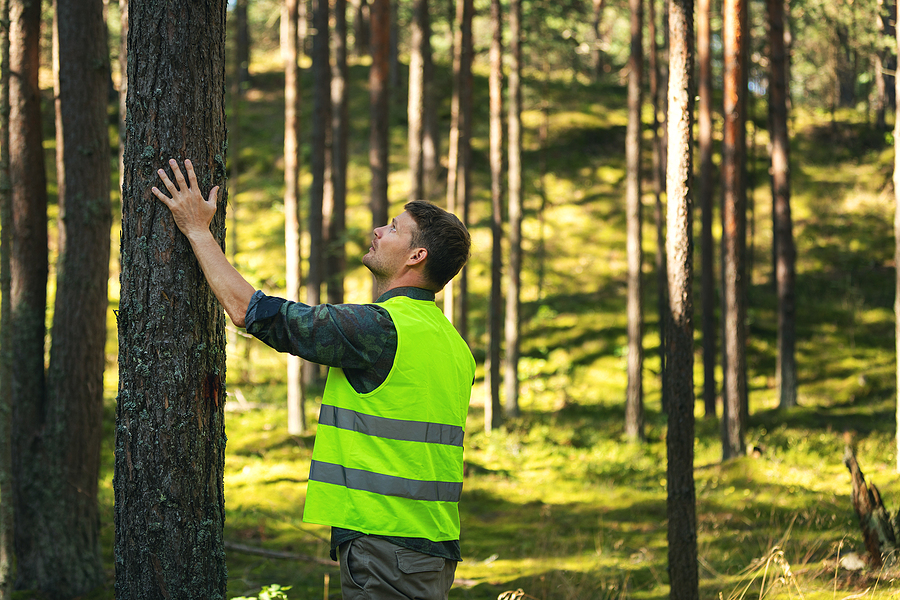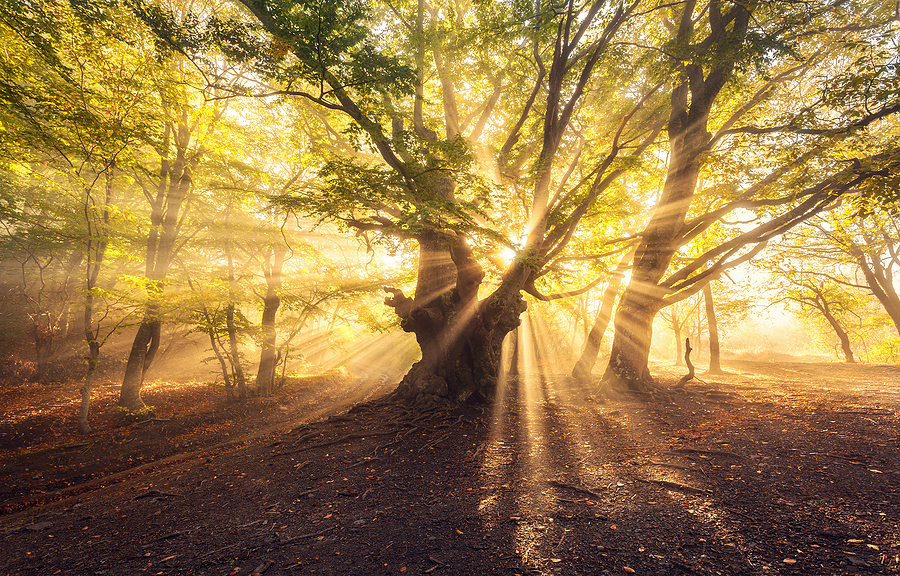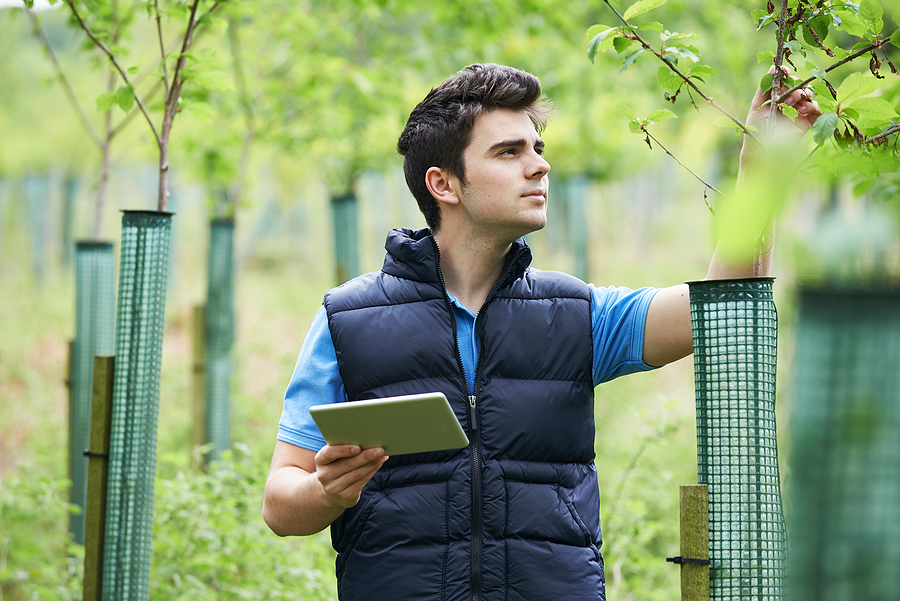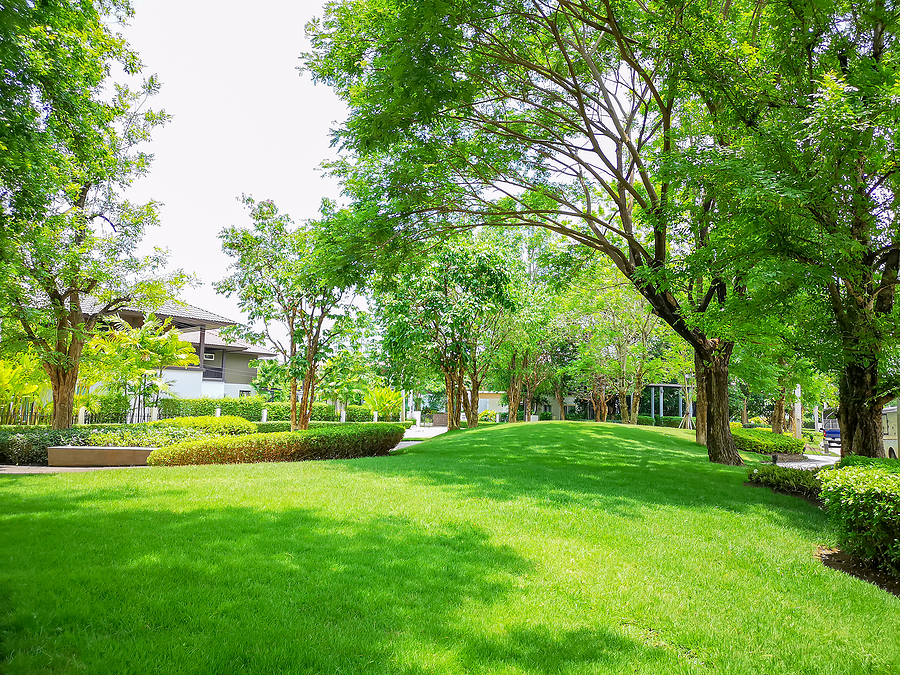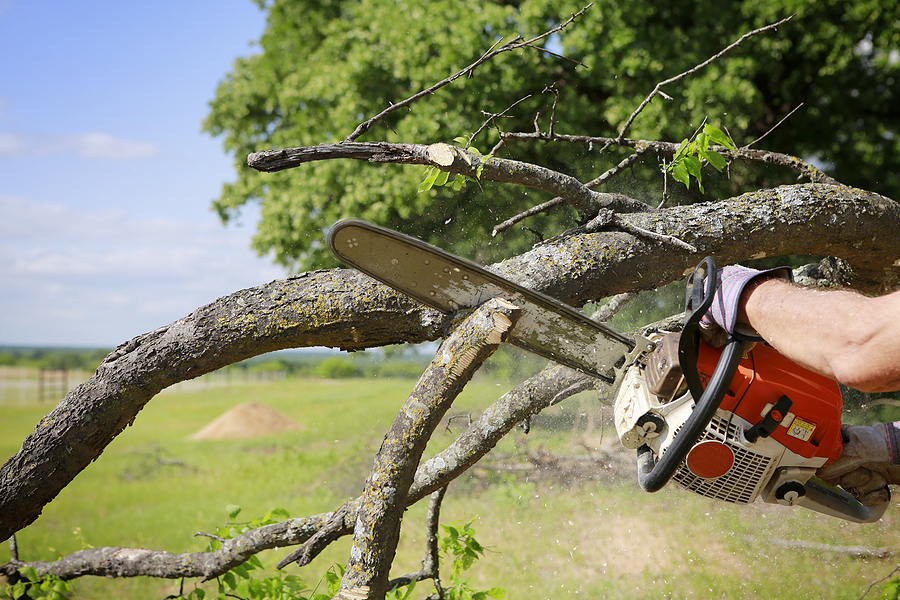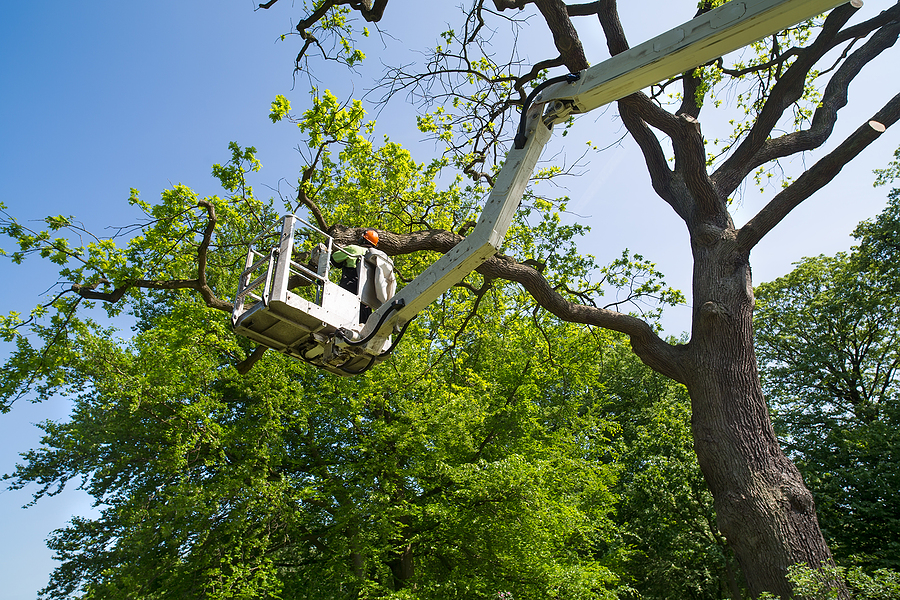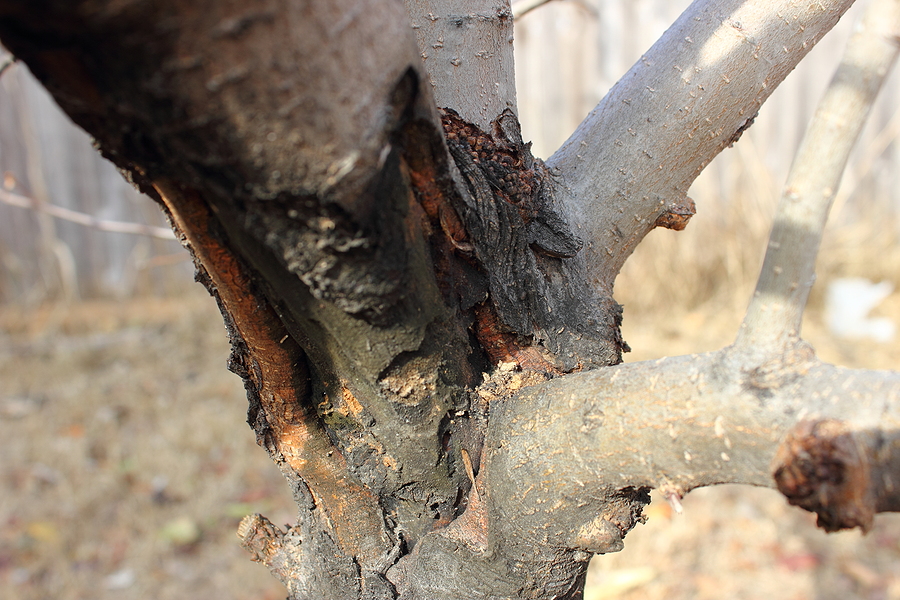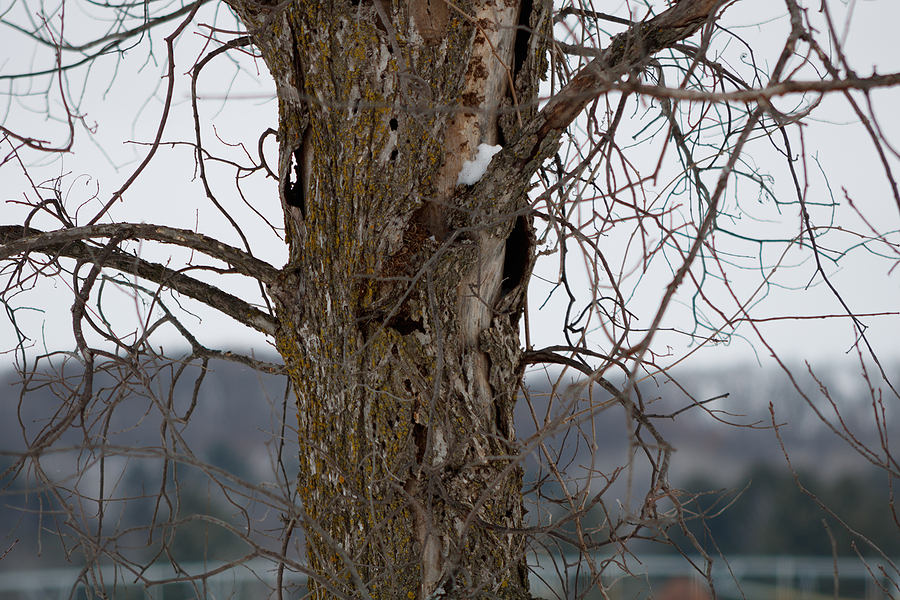Tree pruning is both an art and a science, practiced by professional arborists and passionate gardeners alike. For those who cherish their green spaces and seek to steward the beauty and well-being of the natural world, the act of pruning can be deeply fulfilling. As springtime brightens our landscapes, the stage is set for the rejuvenating act of spring tree pruning. This comprehensive guide will walk you through everything you need to know to ensure that your trees flourish and remain a majestic presence on your property.
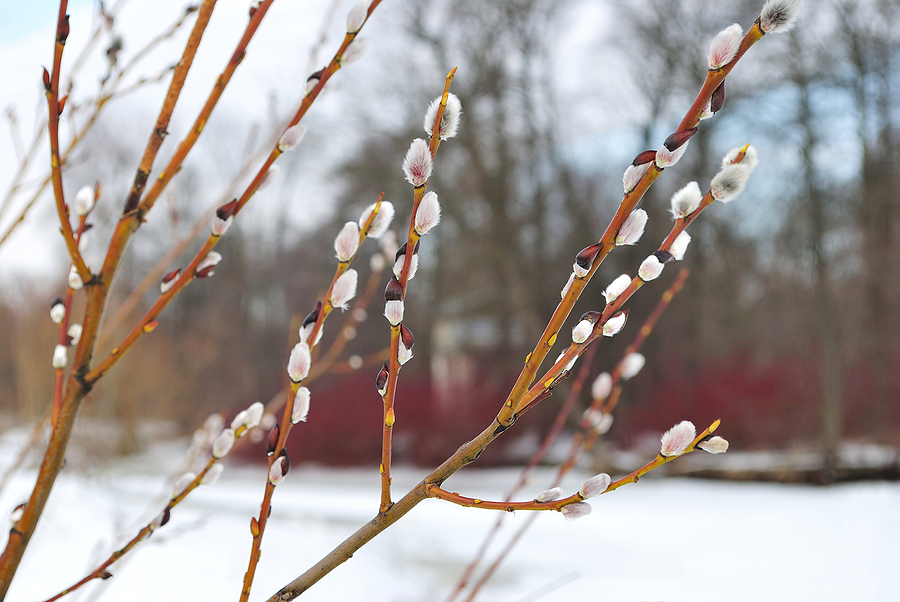
The Importance of Spring Tree Pruning
Spring is a magical season where nature awakens from its wintry slumber. In sync with this renewal, trees undergo a burst of growth—from new leaves to fresh shoots. Just as this is a time for seeds to sprout, so too is it an opportune time for tree pruning to set the stage for a year of healthy expansion. Pruning can shape the direction of growth, encourage fruit production, and maintain overall tree health. It’s also a critical tool for balancing the aesthetic appeal of your landscape.
Why Prune in Spring?
Health And Vitality: By removing dead, diseased, or dying branches, you can prevent the spread of tree ailments and allow for more nutrients to reach the healthy parts of the tree.
Safety First: Overgrown branches can pose hazards, especially during spring storms, where they might break and cause damage to property or injury to people.
Aesthetic Appeal: Encouraging a balanced and aesthetically pleasing form can be a visual delight for you and your neighbors.
Fruitful Labor: If you have fruit-bearing trees, proper spring pruning can significantly increase the quality and quantity of your harvest.
The Right Time is Key
Timing is everything in the art of tree pruning, and this is particularly true in the spring. Pruning at the wrong time can stress the tree or render it vulnerable to disease. To capitalize on the benefits of pruning, you must be mindful of the natural cycles of both the individual tree species and your local climate. Early spring, just before the trees start to bud, is an ideal window for many species. Once buds are visible, the timing for pruning becomes more species-specific.
Furthermore, choose mild, dry days. Doing so mitigates the risk of disease transmission and water-logging of wounds. Always keep the purpose of your pruning in mind—whether it’s to invigorate the tree or correct structural issues.
Pruning Tools and Gear
A carpenter has their toolbox, and the aspiring tree pruner has theirs. The right tools ensure a job well done and minimize the stress on both the tree and the pruner. High-quality pruning shears, loppers for thicker branches, and saws for the largest limbs are essential. Make sure all your tools are sharp and in good condition to make clean cuts. Pruning can be hazardous work, especially at heights. Wear a hard hat, safety glasses, gloves, and non-skid footwear. If you’re dealing with larger trees or branches, consider a safety harness and helmet mounted ear protection. When in doubt, even if just a little, enlist the services of a trained and equipped tree care contractor in your neighborhood.
Correct Pruning Techniques
There is more to tree pruning than snipping branches. Understanding the correct cuts and shaping methods will help you achieve the desired outcome without harming the tree. Learn the three fundamental cuts: thinning, reduction, and heading. Always cut just outside the bark ridge to enable the tree to heal efficiently. Different tree types call for different pruning approaches. For instance, fruit trees benefit from open, spreading shapes, while ornamental trees may require more cosmetic treatments.
Avoiding the Common Pruning Mistakes
As with any garden task, there are rookie mistakes that could undo the benefits of your hard work. Learn from these pruning hiccups to ensure you don’t make the same errors.
Less is More – Beware of over-pruning, which can weaken the tree. It’s a delicate balance between addressing immediate issues and allowing for the tree’s natural growth patterns.
Timing Counts – If you have to wait until mid-spring or later to prune, you might be better off postponing until dormant winter months. Pruning too late can result in excessive sap loss or delayed healing.
The Right Cuts – Improper cuts are not only unsightly but can also lead to decay. Resist the temptation to cut flush with the trunk or limb. This area of the tree is responsible for wound healing,
Post-Pruning Tree Care Advice
Your pruning job isn’t over once the last cut is made. How you manage the pruned branches and care for the tree in the days and weeks following is crucial to long-term tree health. Dispose of pruned branches properly, either by chipping or as city yard waste. Clear the area around the tree to prevent rot or the spread of disease. Giving the tree some water, mulch, or gentle fertilizer can help it recover. It’s also a good time to take a step back and admire your work, appreciating how you’ve helped sculpt a piece of natural art.
Final Thoughts
Spring tree pruning is an opportunity—a partnership with the natural world that allows you to play a role in enhancing the beauty and vitality of your surroundings. With the knowledge and tips provided in this guide, you’re now better equipped to take action and maintain healthy, strong trees that can grace your garden for years to come. Embrace the art of spring pruning, and watch your green spaces thrive.
Whether you’re in need of tree trimming or pruning, Complete Tree Care is here to help. Our team of experienced Indianapolis tree service contractors and certified arborists will ensure that your trees are well-maintained and safe for years to come. Contact us today to learn more about how we can help you keep your trees looking their best.
Related Posts:
How to Prepare Your Trees for Spring Weather Conditions
The Advantages of Tree Pruning and How To Do It Right
Essential Tree Care Tips to Get Your Spring Started

